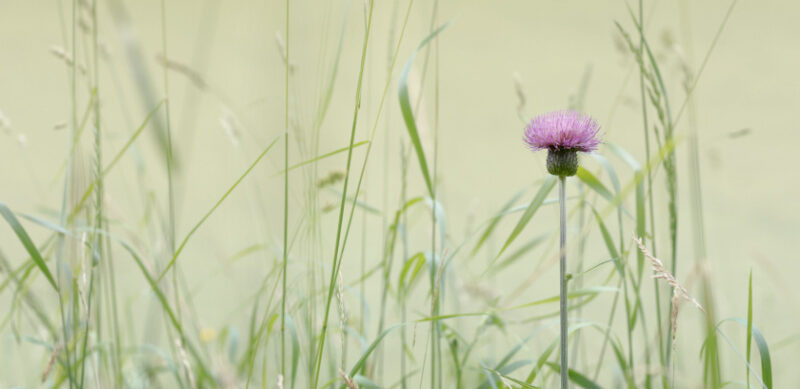What Should I Do if I Have Thistles in My Pasture

Thistles in the pasture can be a significant nuisance for landowners and farmers. These invasive plants not only detract from the aesthetic appeal of your land but also pose a threat to the health and productivity of your pasture. If you're facing a thistle problem, it's important to take swift and effective action. This article will guide you through the steps to manage and eradicate thistles, ensuring your pasture remains healthy and productive.
Understanding Thistles and Their Impact
Thistles are a group of weed species known for their spiny leaves and stems, and they can rapidly take over pastures if left unchecked. They are hardy plants that can thrive in a variety of soil conditions and are often resistant to simple control methods. The presence of thistles can reduce the grazing area for livestock, and their spiky nature can cause injury to animals.
Effective Strategies for Thistle Control in Pastures
1. Proper Identification
There are several species of thistles, and effective control often depends on correctly identifying the type you are dealing with. Common types include Canada thistle, bull thistle, and musk thistle, each requiring slightly different management strategies.
2. Mechanical Control
This involves physically removing the thistles from your pasture. For small infestations, hand-pulling or digging out the thistles, including their roots, can be effective. For larger areas, mowing or tilling can help reduce thistle populations, but these methods may need to be repeated multiple times.
3. Chemical Control
Herbicides can be an effective tool against thistles, especially for larger infestations. Selective herbicides that target broadleaf plants like thistles while leaving grasses unharmed are ideal. Timing is crucial; applying herbicides when thistles are actively growing and before they flower will yield the best results.
4. Biological Control
This method involves using natural thistle enemies, such as certain types of beetles or weevils, to control the population. These biological agents specifically target thistles and can be an effective long-term control method, though they usually work best in combination with other control strategies.
5. Grazing Management
Some livestock, such as goats, are known to graze on thistles. Incorporating these animals into your pasture management can help control thistle growth. Rotational grazing can also prevent overgrazing, which often leads to weed problems like thistles.
Preventative Measures for Long-Term Management
- Maintain Healthy Pasture: A healthy, well-maintained pasture is less susceptible to thistle invasion. Regular fertilization, proper irrigation, and avoiding overgrazing can promote vigorous grass growth that competes effectively with thistles.
- Regular Monitoring: Keep an eye on your pasture and address new thistle growth promptly. Early intervention can prevent a small problem from escalating into a larger infestation.
- Soil Health: Improving soil health can discourage thistle growth. A soil test can help you understand the specific needs of your pasture and guide your fertilization and amendment strategies.
Managing thistles in your pasture requires a combination of techniques tailored to the specific conditions of your land. Through a mix of mechanical, chemical, biological, and preventive strategies, you can effectively control thistle populations and maintain a healthy, productive pasture. Regular monitoring and maintenance are key to keeping thistle infestations at bay and ensuring the long-term health of your pasture. The good news is that you do not have to deal with this issue on your own. Reach out to the experts at The Experienced Gardener to get help with any and all steps related to dealing with thistles in your pasture.


